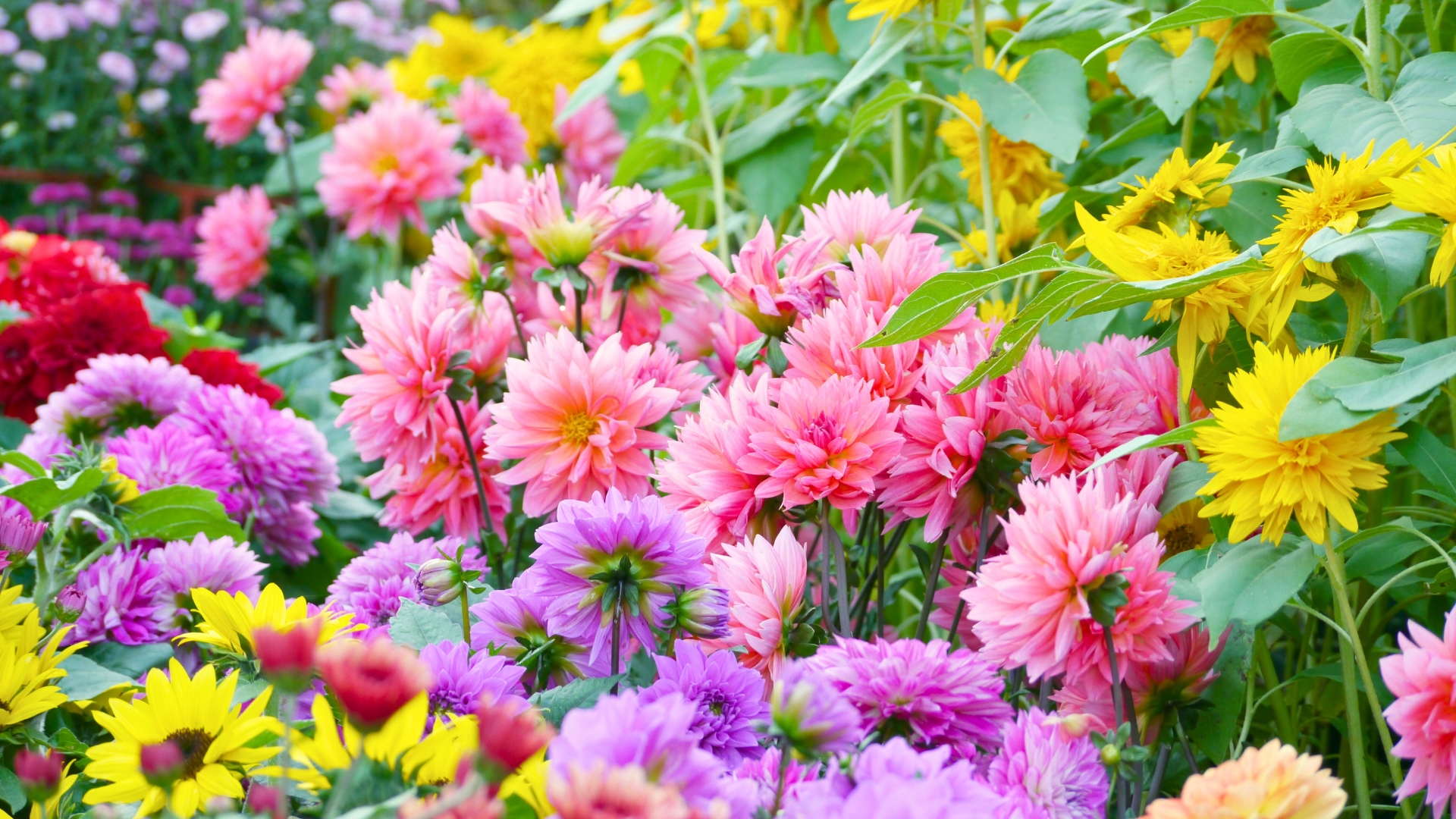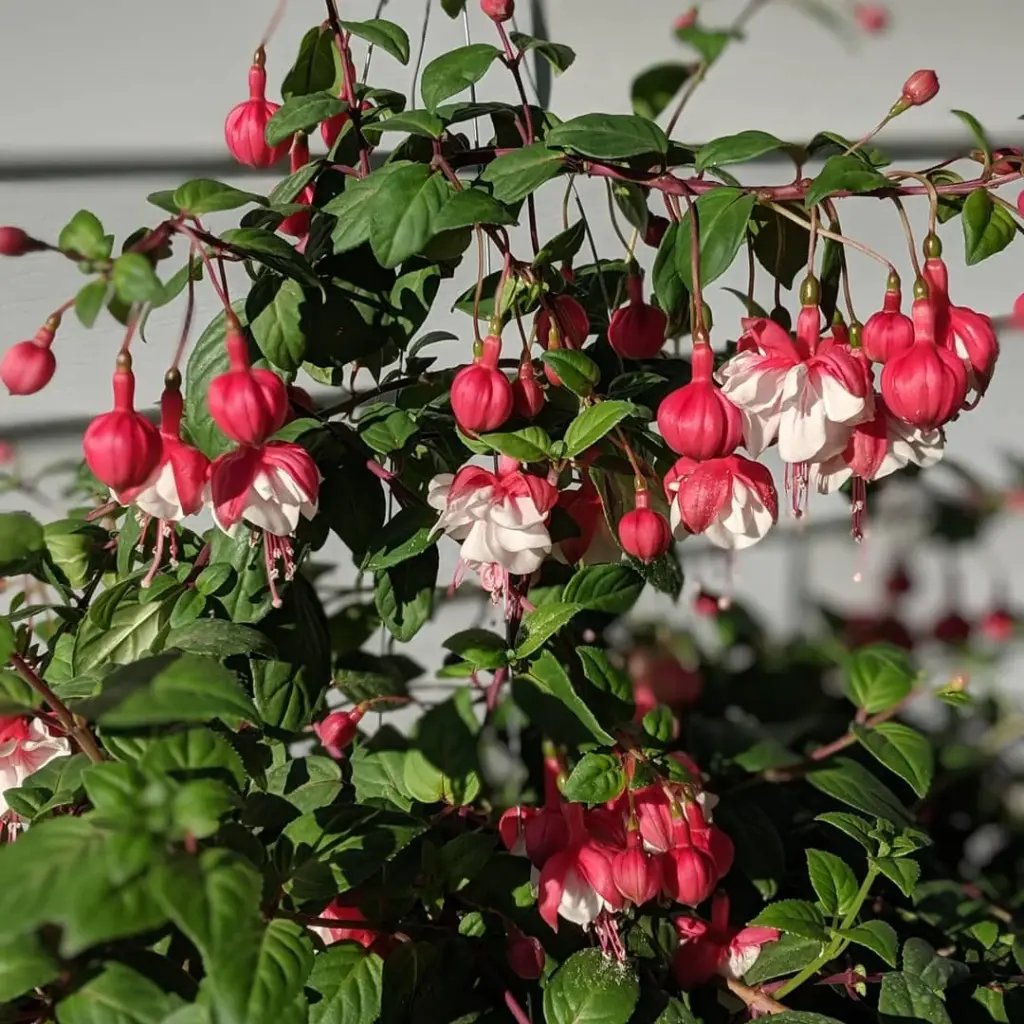16 Flowers That Could Limit Access For Bees And Pollinators
Not all flowers welcome bees and pollinators as much as we might hope. I’ve noticed that some gorgeous blooms are tricky for little visitors to land on or reach.
It’s surprising how flower shape and structure can affect pollinator activity. Being aware of these types helps you plan a garden that’s both beautiful and friendly to nature’s helpers.
With this knowledge, you can support pollinators while still enjoying stunning floral displays.
1. Chrysanthemums
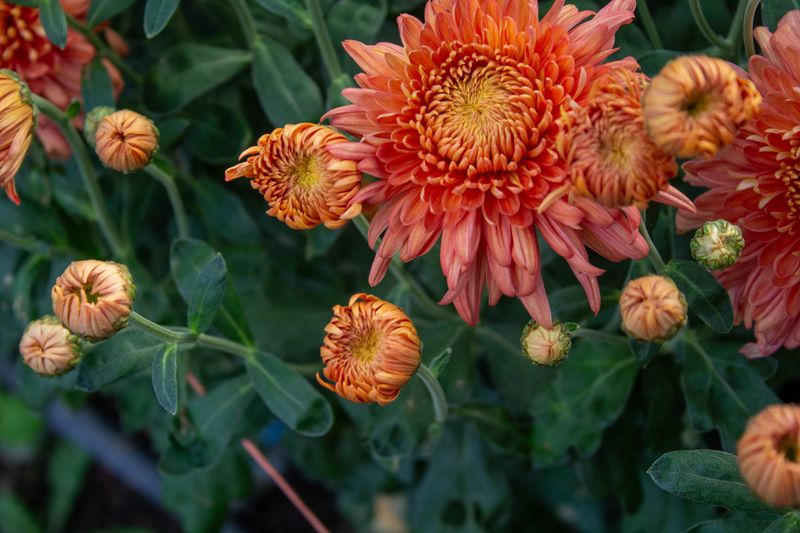
Many garden varieties contain pyrethrin, a natural insecticide that’s highly toxic to bees and butterflies. When these pollinators land on the colorful blooms seeking nectar, they can become disoriented or even die from the exposure.
While these autumn favorites brighten up gardens when other flowers fade, their impact on beneficial insects makes them problematic. Consider planting native asters instead, which provide similar fall color without the harmful effects.
2. Hybrid Tea Roses
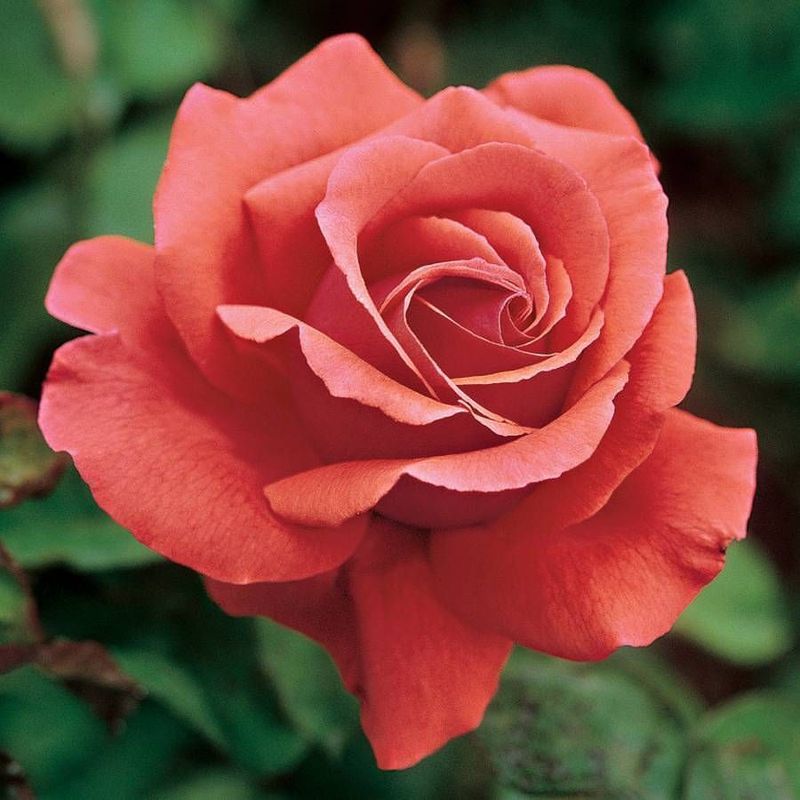
Those perfectly shaped blooms come at a cost to pollinators. Years of breeding for appearance has stripped many hybrid tea roses of their nectar and pollen, leaving bees with nothing to collect despite their attractive appearance.
The tight, dense petals also make it physically difficult for pollinators to access what little reward might remain. For rose lovers, consider old-fashioned varieties or species roses that still provide valuable resources for bees.
3. Double Impatiens
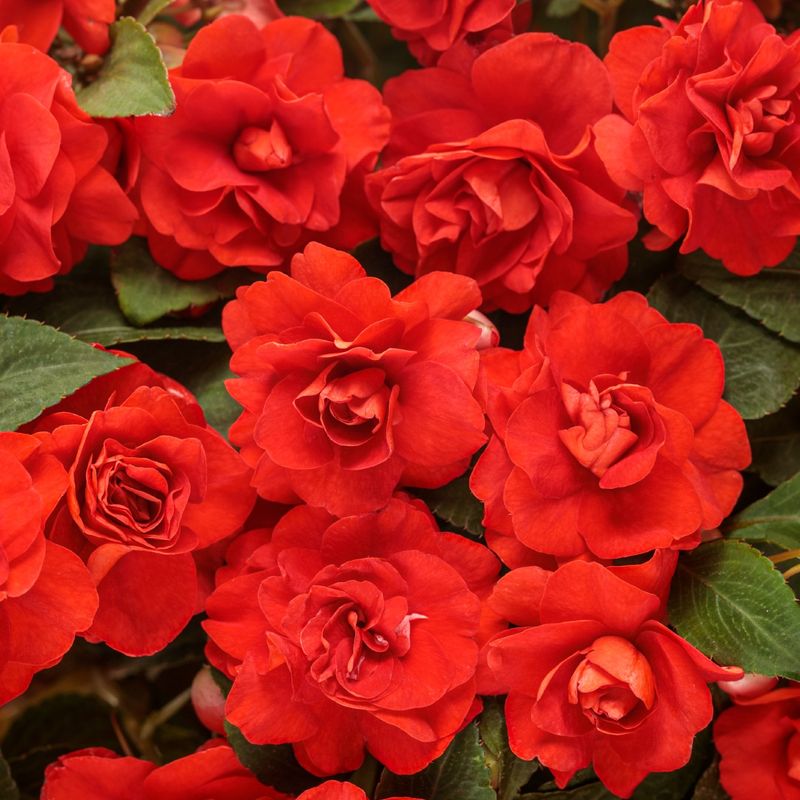
The extra petals that make double impatiens so showy actually block access to nectar and pollen. Pollinators struggle to navigate these modified blooms and often abandon them entirely after fruitless attempts.
While regular impatiens aren’t great for pollinators either, these double varieties are particularly problematic. Their popularity in shade gardens means large areas become pollinator deserts where bees find no sustenance.
4. Petunias
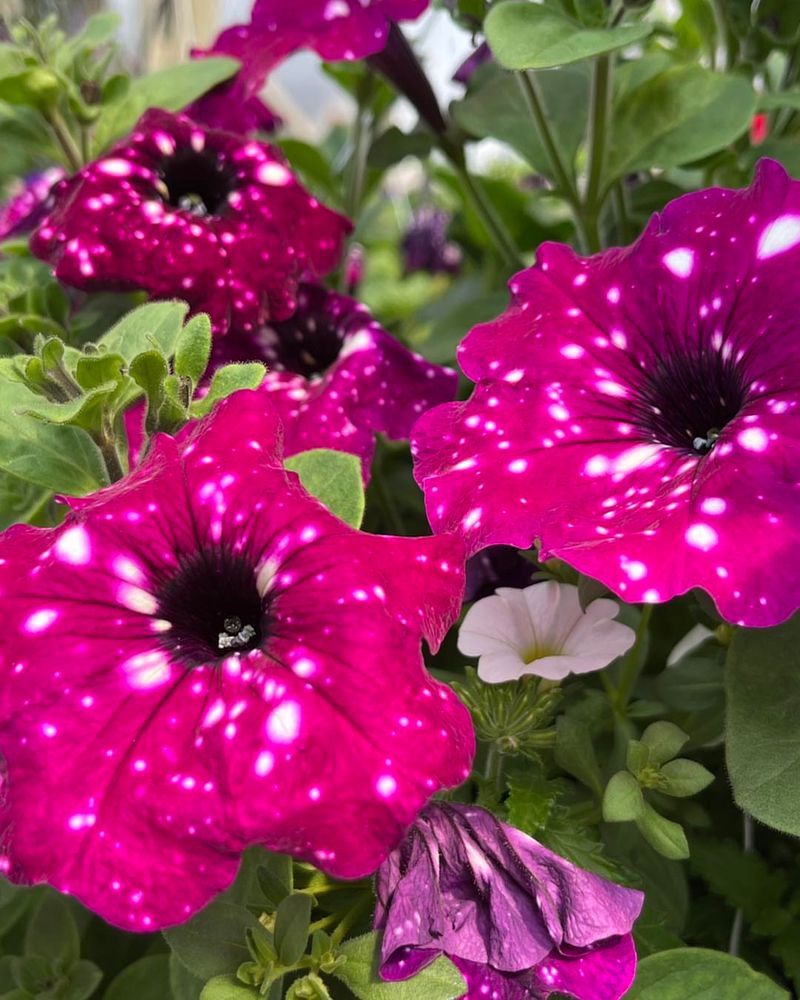
Commercially grown petunias are often treated with neonicotinoid pesticides that remain in plant tissues long after purchase. These chemicals can transfer to pollinators through nectar and pollen, causing neurological damage or death.
Even untreated petunias offer little nutritional value to bees. Their tubular shape evolved for hummingbird pollination, making them difficult for most insects to access effectively. Native alternatives like penstemon provide similar looks with better ecological benefits.
5. Marigolds
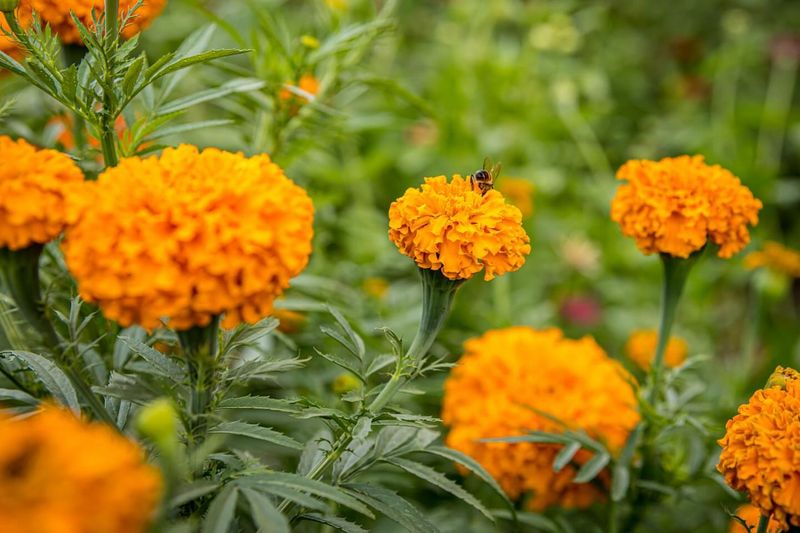
Despite their reputation as companion plants, many modern marigold varieties contain compounds that repel insects—including beneficial ones. Their strong scent, while pleasant to humans, can actually deter bees and butterflies from visiting your garden.
Commercial marigolds are also frequently treated with systemic pesticides before sale. If you love marigolds, look for organic, untreated varieties, particularly single-flowered types that provide better pollinator access.
6. Begonias
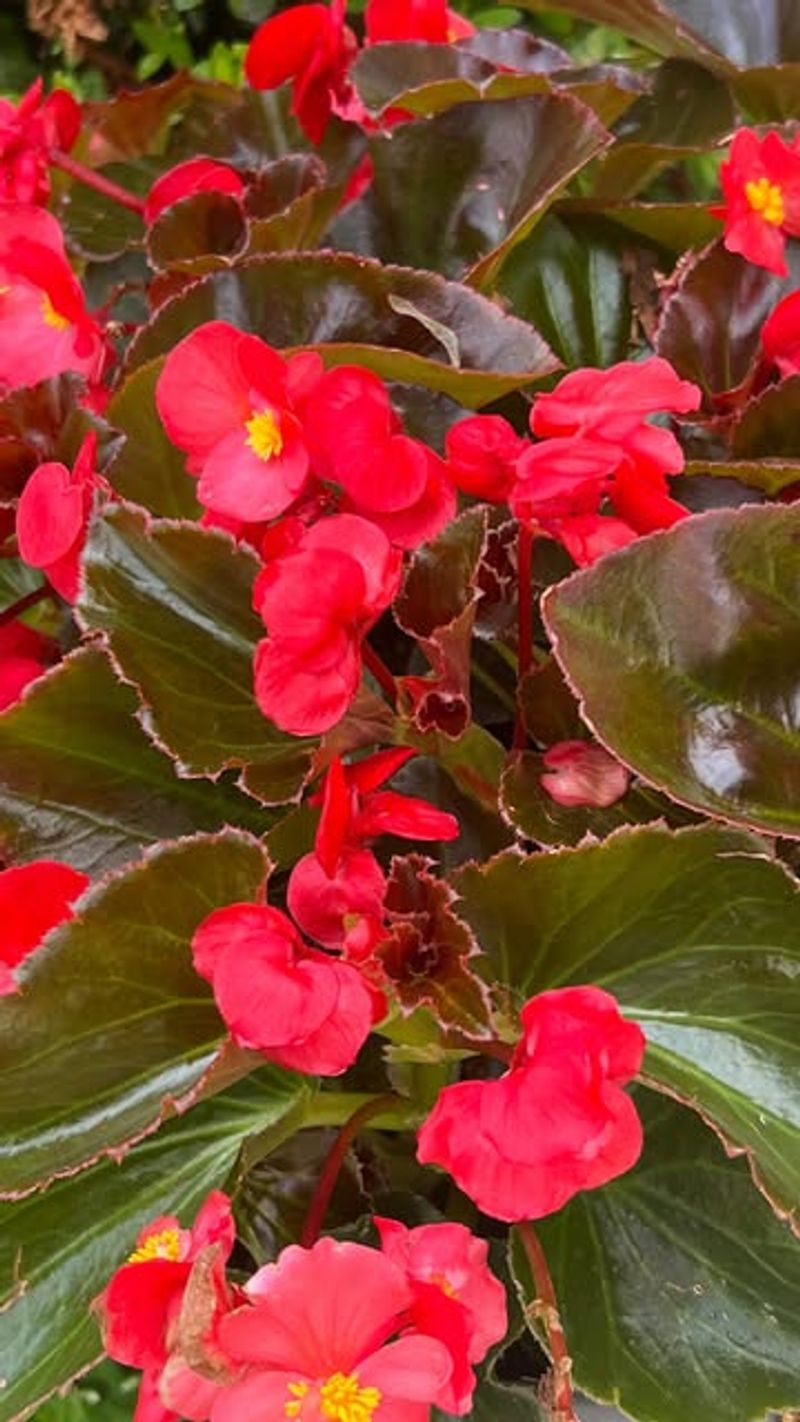
These shade-loving plants might brighten dark corners of your garden, but they offer virtually nothing for pollinators. Most begonias produce little to no nectar, and their waxy leaves and modified blooms provide no habitat value either.
Male begonia flowers produce some pollen, but female flowers are completely resource-free for bees. For shady spots, consider native alternatives like woodland phlox or foamflower that support local pollinator populations.
7. Geraniums
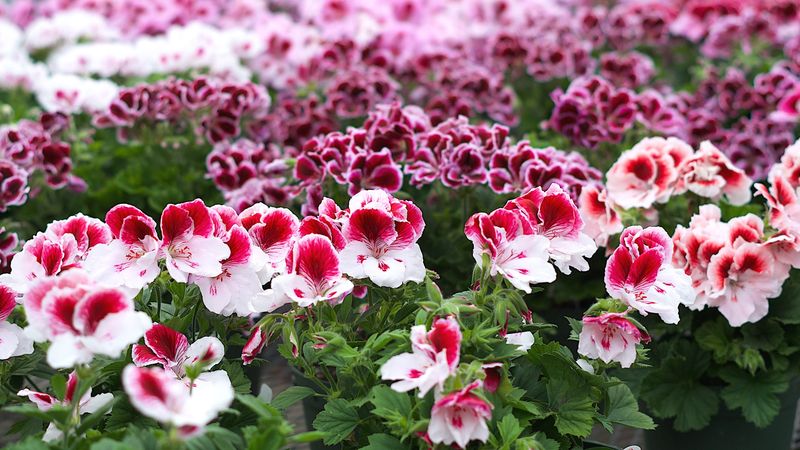
The common geraniums sold in garden centers (actually Pelargoniums) contain oils that can be toxic to certain bee species. Their strong scent, while appealing to us, serves as a warning signal to many pollinators to stay away.
Unlike true geraniums (cranesbills), these plants offer minimal nectar rewards. Their popularity in containers and bedding schemes means large areas become effectively barren for hungry bees seeking food sources.
8. Double Sunflowers
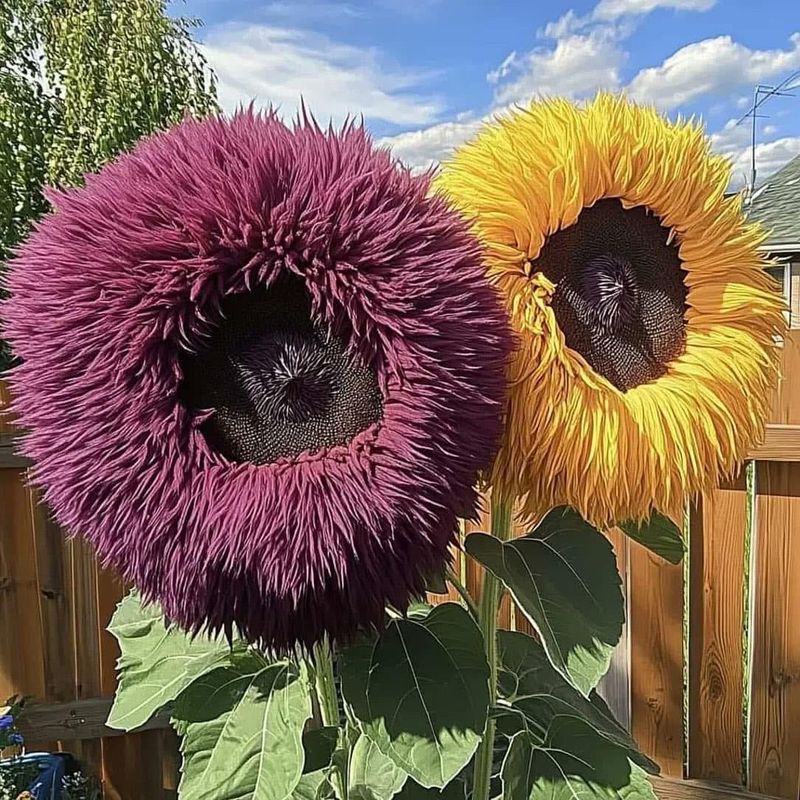
Unlike their wild cousins, double-petaled sunflower varieties have been bred for showiness at the expense of pollen and nectar production. The extra petals replace the central disc florets where pollen and nectar would normally be found.
What looks beautiful to us becomes a frustrating dead-end for hungry bees. Stick with single-petaled sunflower varieties that retain their valuable center disc, providing protein-rich pollen that native bees desperately need.
9. Dahlias
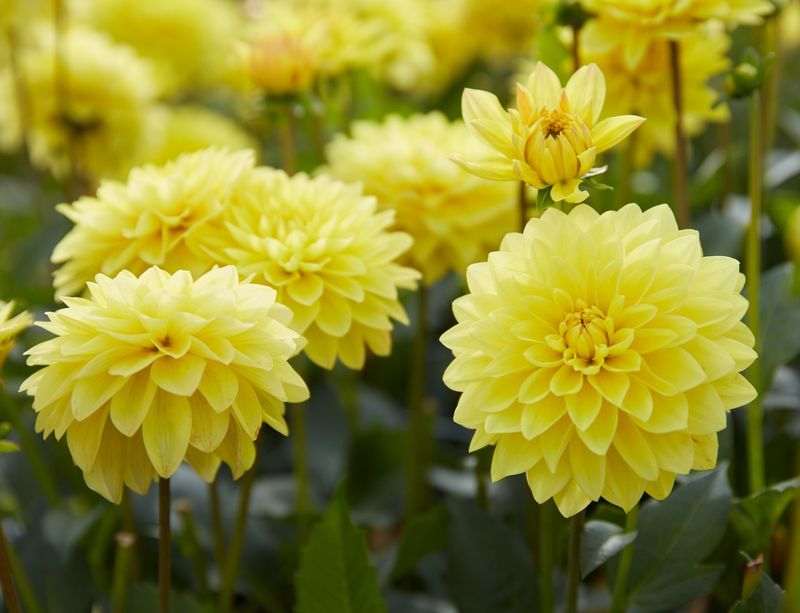
The most popular dahlia varieties feature densely packed petals that completely obstruct access to the flower’s reproductive parts. These show-stopping blooms might win garden competitions but offer little sustenance for pollinators.
Open-centered or single dahlias are much better options if you love these flowers. They maintain the striking colors and shapes while still providing accessible pollen and nectar for bees, butterflies and beneficial flies.
10. Tulips
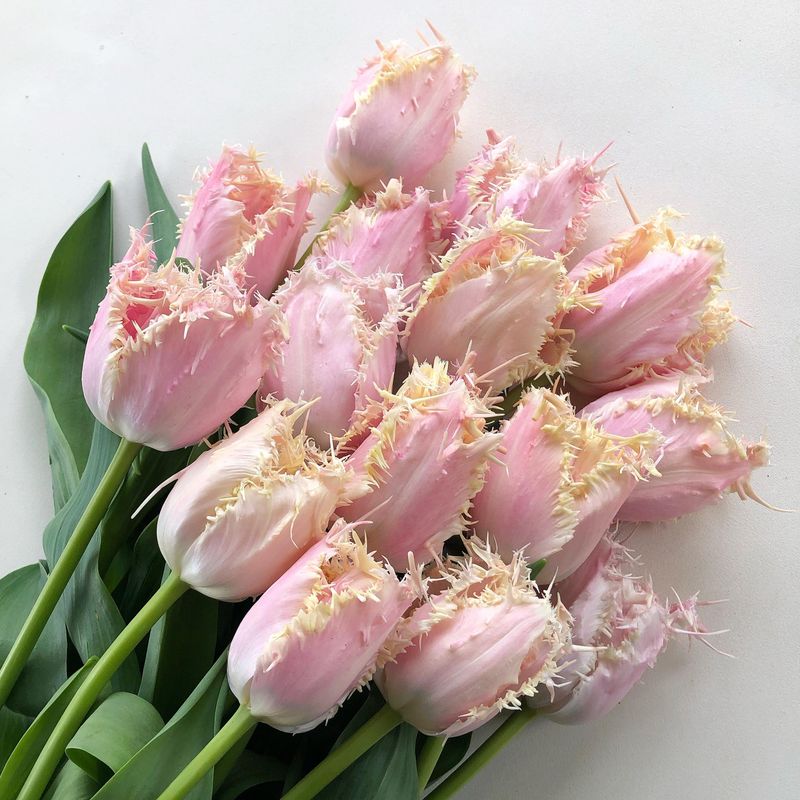
These spring favorites might look cheerful, but most modern tulip varieties provide almost no nectar for early-season pollinators. Their upright, cup-shaped blooms also offer little landing space for bees compared to more pollinator-friendly spring bulbs.
Many tulips bloom before native bees emerge, creating a mismatch in timing. For spring-flowering bulbs that truly support pollinators, consider crocuses, grape hyacinths, or native wildflowers that have co-evolved with local bee species.
11. Calibrachoa
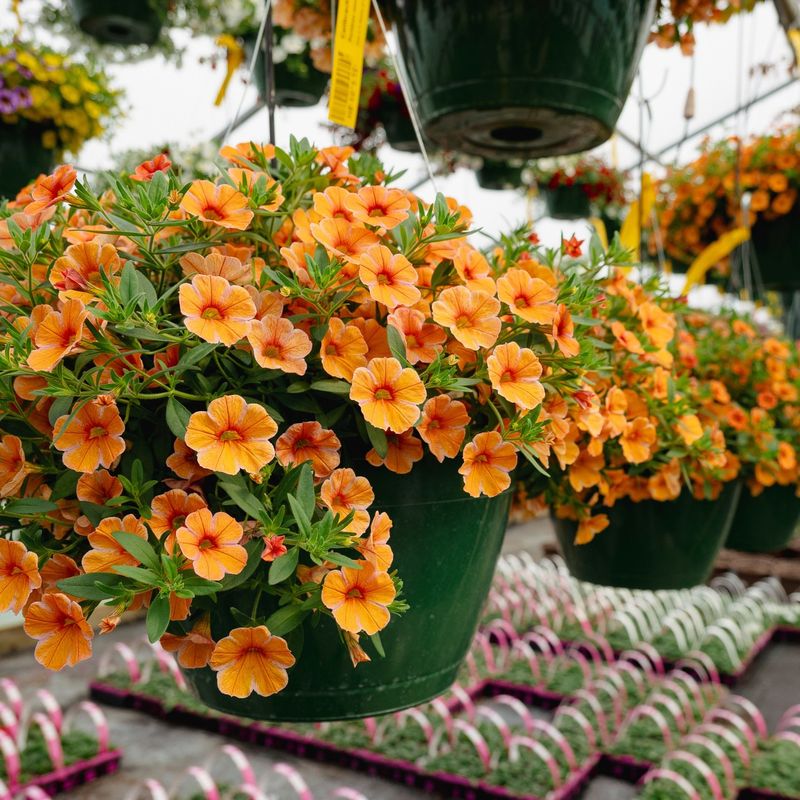
These popular “million bells” hanging basket plants are almost always pre-treated with neonicotinoid pesticides before reaching garden centers. These systemic chemicals remain in all plant tissues, including nectar and pollen, for the plant’s entire life.
When bees visit these seemingly innocent flowers, they ingest harmful compounds that affect their nervous systems. Unless you can verify they’re grown without neonicotinoids, these colorful bloomers should be avoided in pollinator-friendly gardens.
12. Lilies
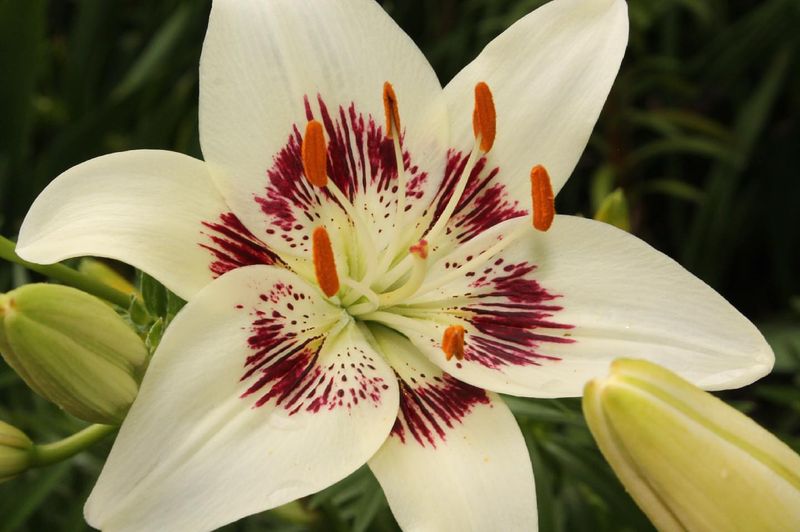
Many true lilies contain compounds that can be toxic to certain bee species, particularly smaller native bees. Their heavy pollen can actually clog the breathing apparatus of smaller pollinators, causing suffocation or wing damage.
Easter lilies and Asiatic lilies are particularly problematic. If you love their dramatic blooms, plant them sparingly and in areas away from your main pollinator gardens. Native columbines provide similar dramatic flowers with better ecological benefits.
13. Cyclamen
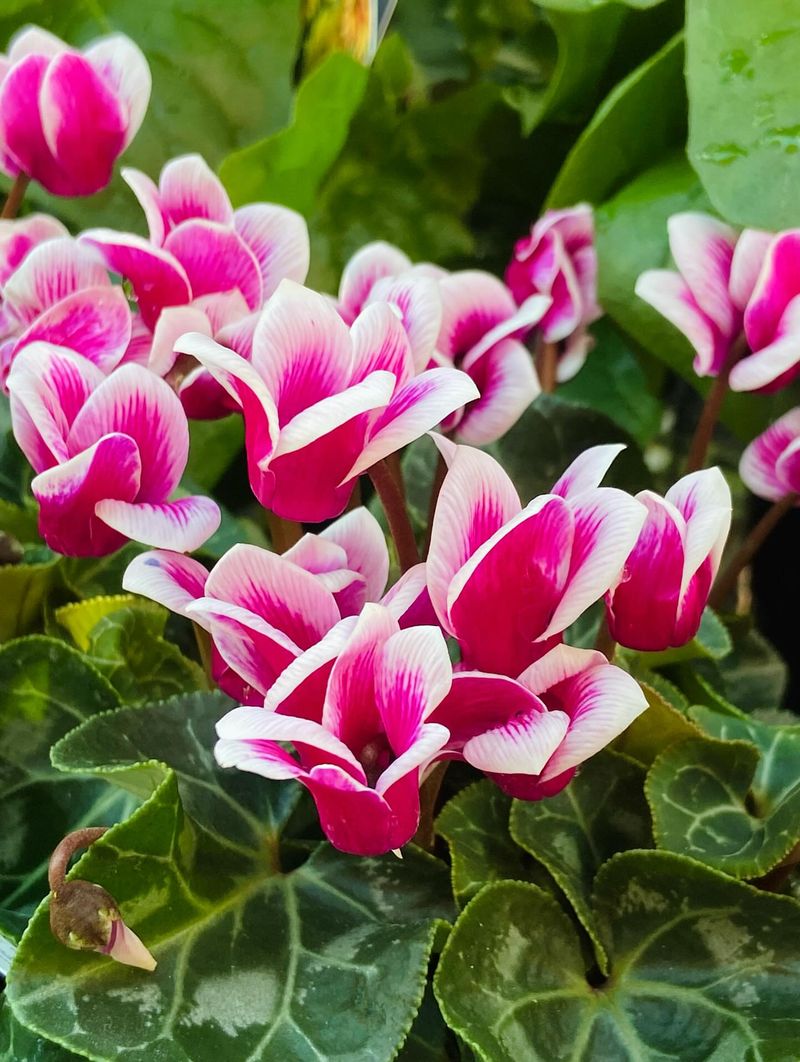
These popular cool-season flowering plants contain cyclamine, a toxic compound that can harm bees and butterflies. When pollinators attempt to feed from these blooms, they may ingest this harmful substance along with any nectar.
The unusual flower shape also makes nectar difficult to access for most beneficial insects. If you enjoy cyclamen’s unique appearance, keep them as houseplants rather than garden additions where pollinators might encounter them.
14. Gardenias
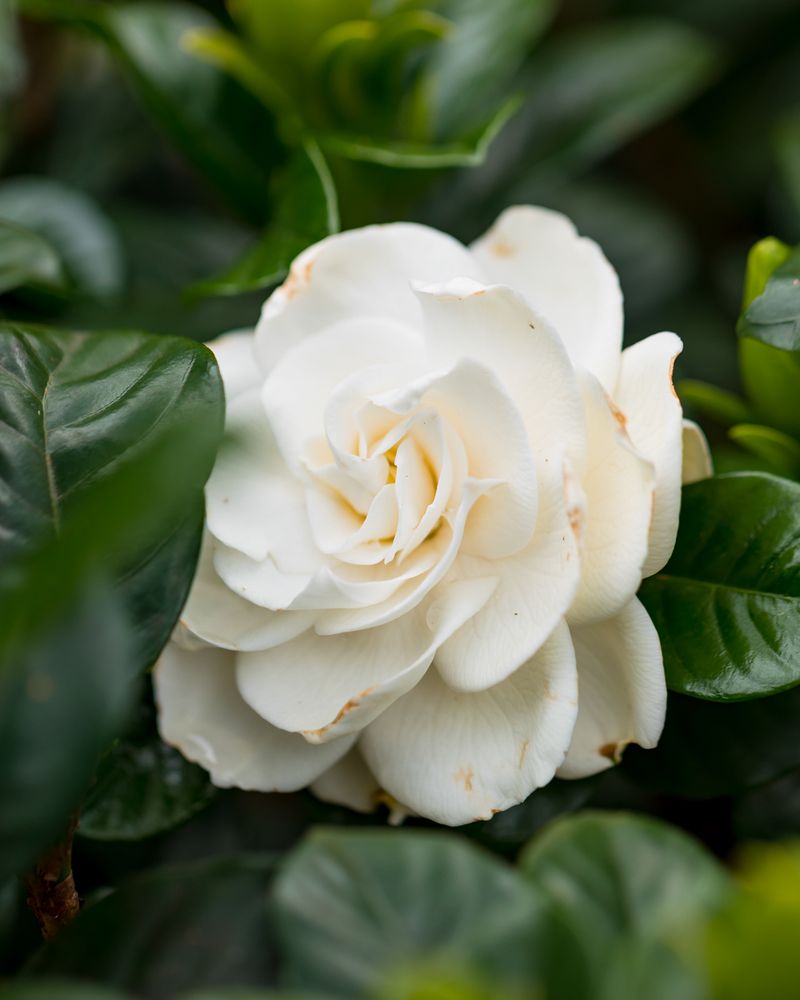
The intense fragrance that makes gardenias so appealing to humans can overwhelm and confuse bees’ sensitive scent receptors. This powerful scent actually evolved to attract moth pollinators at night, not daytime visitors like honeybees.
Double gardenia varieties also have modified stamens that produce little viable pollen. If you love fragrant shrubs, consider native alternatives like sweetspire or summersweet that produce more balanced scents that attract rather than repel beneficial insects.
15. Amaryllis

These dramatic winter-blooming bulbs contain lycorine, a toxic alkaloid that can harm bees and other pollinators. When grown outdoors in warm climates, their impressive blooms can attract pollinators who then ingest these harmful compounds.
Their trumpet-shaped flowers are also poorly matched to most bee species’ feeding apparatus. Keep these striking flowers as indoor winter decorations rather than garden plants to avoid potential harm to beneficial insects.
16. Fuchsia
These hanging beauties are a favorite for their vibrant, pendulous flowers, but their shape can be challenging for most pollinators. Tiny bees and butterflies often struggle to reach the nectar hidden deep inside the tubular blooms.
While hummingbirds can easily access fuchsia nectar, the flowers provide little to no reward for other beneficial insects. If you love fuchsias, consider pairing them with native, open-shaped blooms nearby so your garden still supports a variety of pollinators.

